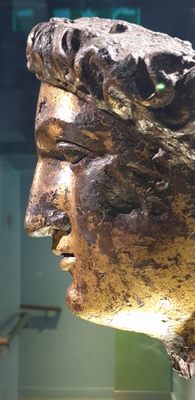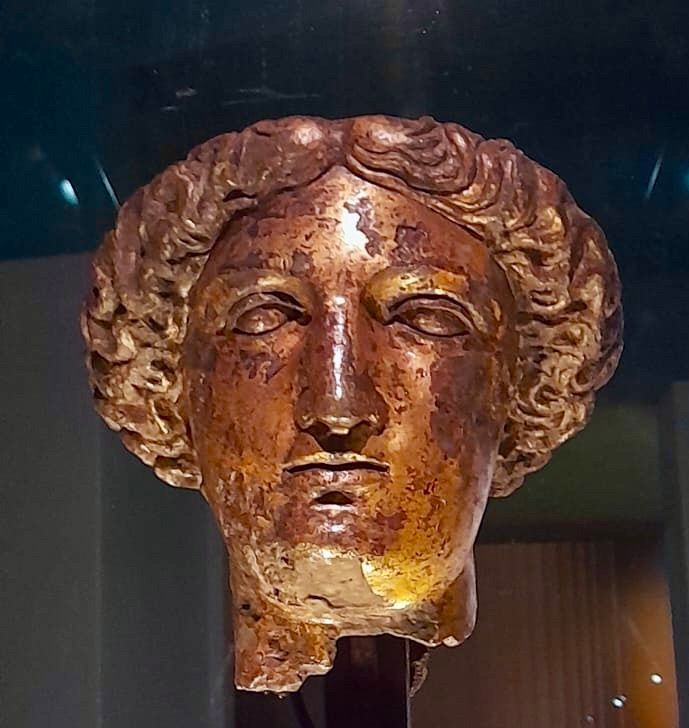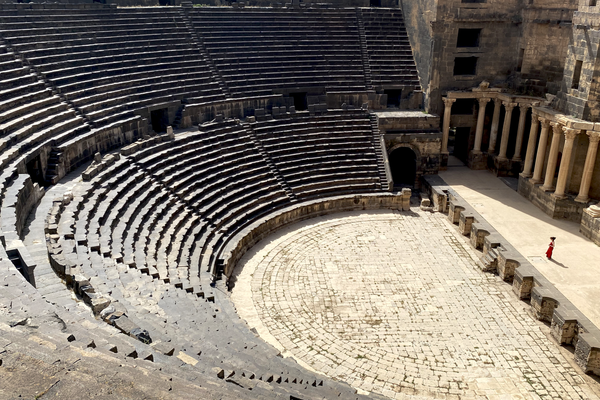About
The sight of the head of Sulis Minerva during the tour of the Roman Baths in Bath is one of those moments that stays with you forever. Its impressive beauty and the tranquility it transmits are simply dazzling.
The Roman name for Bath was Aquae Sulis, as mentioned both in Solinus’s Collectanea Rerum Memorabilium ("A Collection of Curious Things") and in the Antonine Itinerary, a Roman catalog of roads and towns. Thanks to Solinus and the numerous inscriptions and carvings found within the medieval city wall, Bath was known to have a rich Roman past.
An early indication that the Roman ruins at Bath were more than an average settlement was the accidental discovery of the head of Sulis Minerva in 1727. There are only two other known fragments of gilt bronze statues from Roman Britain, a sign of how truly rare these pieces are.
Sulis Minerva is a product of two ancient cultures blended together. During the period of Roman rule, the Roman goddess Minerva became equated with the Celtic goddess Sulis, so much so that their names were used together and interchangeably. She was believed to preside over the hot springs at Bath and offer healing powers to supplicants.
The head most likely comes from the cult statue of the goddess that was supposed to have been located next to the sacred spring in her temple. She might have had a view of the large altar, or site of sacrifice, which occupied the center of that hallowed area, from there across the courtyard of the temple. It might have been an initial piece from the site's founding in the later first century.
Related Tags
Know Before You Go
For visiting hours and ticket prices check the Roman Baths website. To avoid disappointment, it is highly advised to book your tickets in advance, especially during peak tourist periods, (school holidays, & Spring snd Summer Months).
Published
March 1, 2024








































